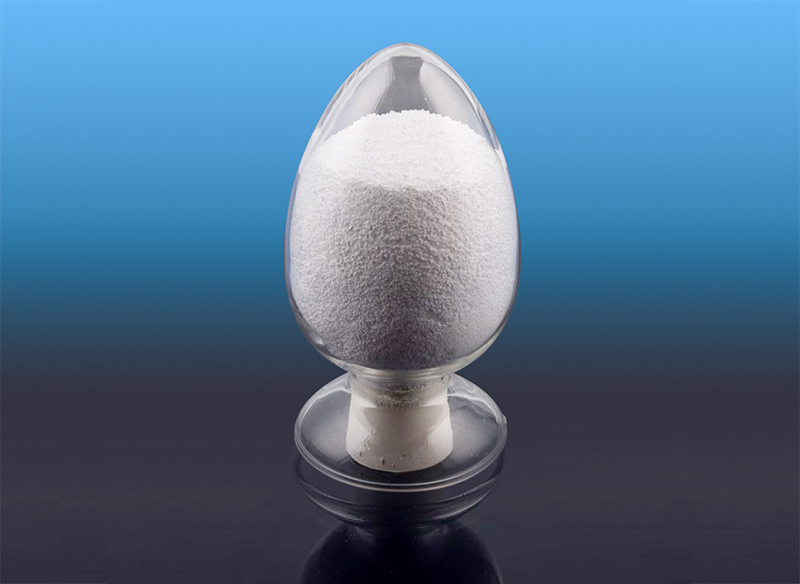Can hydrogenated isoprene polymers be used in biomedical applications?
Yes, hydrogenated isoprene polymers (such as Hydrogenated Natural Rubber (HNBR) or related elastomers) have potential applications in biomedical fields, though their use depends on factors like biocompatibility, sterilizability, and regulatory compliance. Below is an exploration of how these materials can be utilized in biomedical applications, along with the challenges and considerations involved.
1. Properties That Make Hydrogenated Isoprene Polymers Suitable for Biomedical Use
Chemical Resistance: Hydrogenated isoprene polymers exhibit excellent resistance to oils, fuels, and chemicals, which makes them suitable for applications involving exposure to bodily fluids or medical-grade cleaning agents.
Oxidation and UV Stability: The saturation of double bonds in hydrogenated isoprene polymers enhances their durability and stability under prolonged exposure to oxygen, heat, and UV light—important characteristics for long-term implantable devices.
Flexibility and Elasticity: These polymers retain good flexibility and elasticity even after hydrogenation, making them suitable for dynamic applications such as catheters, tubing, or seals in medical devices.
Biocompatibility Potential: With proper formulation and processing, hydrogenated isoprene polymers can achieve a high level of biocompatibility, especially when combined with additives that enhance inertness.
2. Potential Biomedical Applications
a. Medical Tubing and Catheters
Hydrogenated isoprene polymers can be used for manufacturing flexible, durable tubing and catheters due to their balance of flexibility, chemical resistance, and mechanical strength.
Examples include intravenous (IV) lines, drainage tubes, and urinary catheters.
b. Seals and Gaskets in Medical Devices
The material's resistance to oils, lubricants, and bodily fluids makes it ideal for creating seals and gaskets in diagnostic equipment, surgical tools, and implantable devices.
c. Drug Delivery Systems
Hydrogenated isoprene polymers could serve as components in drug-eluting devices or coatings for controlled-release mechanisms, provided they meet biocompatibility and regulatory requirements.
d. Implantable Devices
While not yet widely used in load-bearing implants, hydrogenated isoprene polymers may find application in soft tissue replacements, pacemaker encapsulations, or other non-load-bearing implants due to their flexibility and durability.
e. Wound Care and Dressings
The material's flexibility and ability to conform to irregular surfaces make it suitable for advanced wound care applications, such as adhesive strips or protective barriers.

3. Challenges and Considerations
a. Biocompatibility
Although hydrogenated isoprene polymers are chemically stable, they must undergo rigorous testing to ensure biocompatibility. This includes evaluations for cytotoxicity, sensitization, irritation, and systemic toxicity.
Additives, catalyst residues, or processing aids used during production may affect biocompatibility and need to be carefully controlled.
b. Sterilization Compatibility
Medical-grade materials must withstand common sterilization methods, such as autoclaving, gamma radiation, or ethylene oxide (EtO) treatment. Hydrogenated isoprene polymers generally perform well under these conditions but may require specific formulations to optimize stability.
c. Regulatory Compliance
Materials intended for biomedical use must comply with stringent regulations, such as:
ISO 10993 (Biological evaluation of medical devices)
FDA guidelines for medical device materials
CE marking requirements in Europe
Ensuring compliance adds complexity and cost to the development process.
d. Cost and Availability
High-performance elastomers like hydrogenated isoprene polymers tend to be more expensive than standard rubbers, which may limit their adoption in cost-sensitive biomedical applications.
4. Comparison with Other Biomedical Materials
Silicone Elastomers: Silicone is one of the most widely used elastomers in biomedical applications due to its excellent biocompatibility, flexibility, and thermal stability. However, it lacks the chemical resistance and mechanical strength of hydrogenated isoprene polymers.
Polyurethanes: Polyurethanes offer superior abrasion resistance and tensile strength but may degrade over time when exposed to bodily fluids. Hydrogenated isoprene polymers might provide better long-term stability in certain applications.
Fluoroelastomers: Fluoroelastomers excel in chemical resistance but are often stiffer and less flexible than hydrogenated isoprene polymers.
5. Current Research and Development
Researchers are actively exploring ways to enhance the biocompatibility and performance of hydrogenated isoprene polymers for biomedical use. For example:
Developing surface modifications or coatings to improve cell adhesion or reduce protein fouling.
Formulating hybrid materials that combine hydrogenated isoprene polymers with bioactive compounds for enhanced functionality.
Investigating new processing techniques to minimize residual impurities and improve consistency.
6. Real-World Examples
HNBR in Catheter Components: Some manufacturers already use HNBR-based materials for catheter seals and connectors due to their excellent sealing properties and resistance to bodily fluids.
Elastomer Coatings for Implants: Hydrogenated isoprene polymers are being studied as coatings for metallic implants to reduce corrosion and improve biocompatibility.





